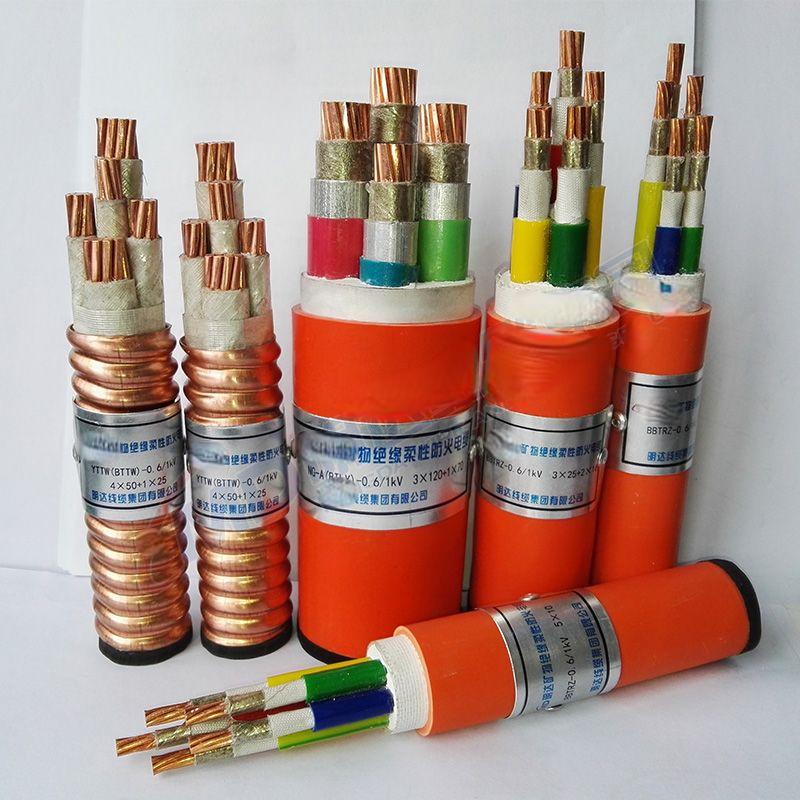Aug . 29, 2024 01:46 Back to list
High-Quality Rubber Expansion Joint Flange Type - Flexible Solutions for Industrial Applications
Understanding Rubber Expansion Joint Flange Types
Rubber expansion joints are essential components in various piping systems, designed to absorb vibrations, accommodate thermal expansion, and reduce noise
. One of the key features of these joints is their flange type, which plays a critical role in ensuring proper installation and functionality in the system.Flanged rubber expansion joints typically come with either fixed or floating flanges. The fixed flange type is securely mounted to the piping system, providing a stable connection that prevents excessive movement. This is particularly beneficial in applications where the piping system experiences significant fluctuations in pressure or temperature. Fixed flanges help maintain the integrity of the joint, thereby preventing leaks and ensuring long-term reliability.
On the other hand, floating flanges allow for more flexibility during installation. They are not rigidly attached to the piping system, which enables slight movements and adjustments. This type is beneficial in systems where alignment may be an issue, as it can adapt to minor misalignments without compromising the performance of the joint. Floating flanges are often found in applications where maintenance or periodic adjustments are required, as they simplify the disassembly and reassembly process.
rubber expansion joint flange type

Another aspect to consider when discussing rubber expansion joint flanges is the material. The flanges can be made from various materials, including carbon steel, stainless steel, or even plastic, depending on the specific requirements of the application. Each material offers different advantages in terms of corrosion resistance, weight, and cost, which must be carefully evaluated based on environmental conditions and the type of fluids being handled.
Proper installation of rubber expansion joint flanges is crucial for optimal performance. It is essential to follow the manufacturer's guidelines and ensure that the flanges are aligned correctly, bolted evenly, and tightened to the appropriate torque. This helps prevent undue stress on the rubber joint, which could lead to premature failure.
In conclusion, rubber expansion joint flange types are vital for the efficient operation of piping systems. Understanding the differences between fixed and floating flanges and considering the materials used can significantly impact the performance and longevity of the joint. By choosing the right flange type and adhering to proper installation practices, engineers and maintenance personnel can ensure that their systems remain functional and reliable for years to come.
Share
-
Reliable Wafer Type Butterfly Valves for Every IndustryNewsJul.25,2025
-
Reliable Flow Control Begins with the Right Ball Check ValveNewsJul.25,2025
-
Precision Flow Control Starts with Quality ValvesNewsJul.25,2025
-
Industrial Flow Control ReliabilityNewsJul.25,2025
-
Engineered for Efficiency Gate Valves That Power Industrial PerformanceNewsJul.25,2025
-
Empowering Infrastructure Through Quality ManufacturingNewsJul.25,2025